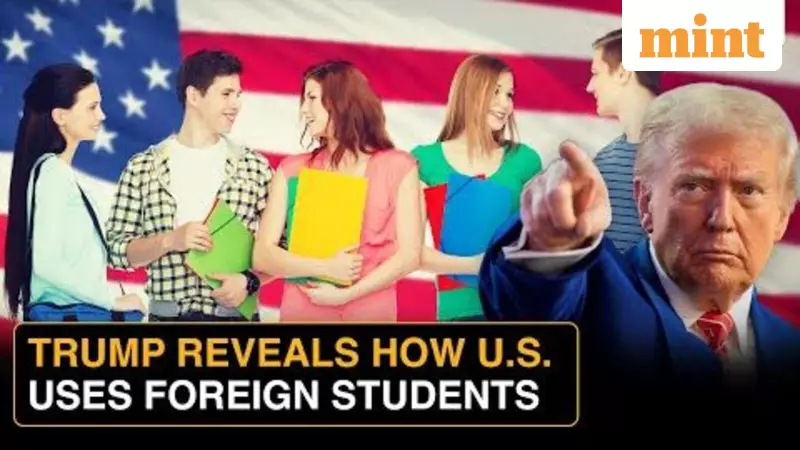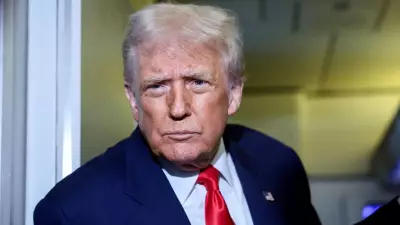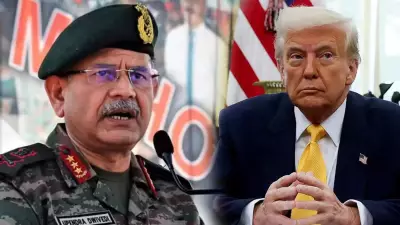
In a dramatic policy shift that has sent shockwaves through international education circles, former President Donald Trump has acknowledged the United States' conflicting stance on foreign students - not wanting them but desperately needing their financial contributions to keep colleges afloat.
The Stark Admission: Need Versus Want
During an October 2025 Fox News interview, Trump made the revealing statement that while the U.S. doesn't actively want foreign students, their financial contribution is essential for the survival of American higher education institutions. Foreign students pay double the tuition fees compared to domestic students, generating trillions of dollars that rescue struggling colleges from financial collapse.
Visa Crackdown and Its Immediate Impact
The new visa restrictions have already resulted in over 80,000 student visas being revoked, creating chaos and uncertainty for thousands of aspiring international students. The policy includes Senator Marco Rubio's proposed 15% overall cap on foreign student enrollment, with an additional restriction limiting students from any single country to just 5% of total enrollment.
However, elite institutions like Harvard have pushed back against these measures, creating a complex landscape where policy implementation faces institutional resistance.
Indian Students Bear the Heaviest Burden
Among all international student communities, Indian students have been hit the hardest by these new restrictions. As one of the largest groups of foreign students in the United States, the 5% per-country cap disproportionately affects Indian applicants who traditionally form a significant portion of STEM and technology program enrollments.
The situation has created what observers are calling 'visa chaos,' with thousands of Indian students who had planned their American education suddenly facing uncertain futures and revoked opportunities.
The Financial Reality Behind the Policy
The contradiction in Trump's statement highlights the fundamental financial dilemma facing American higher education. While there's political pressure to limit foreign student intake, the economic reality is that international students contribute significantly to college budgets through their substantially higher tuition fees.
This financial dependency has created a situation where American institutions find themselves caught between political directives and economic necessities, with Indian students becoming unintended casualties in this policy conflict.
The updated information from November 11, 2025, confirms that the situation continues to evolve, with educational institutions, policymakers, and student communities grappling with the long-term implications of these restrictive measures on the global standing of American higher education.





